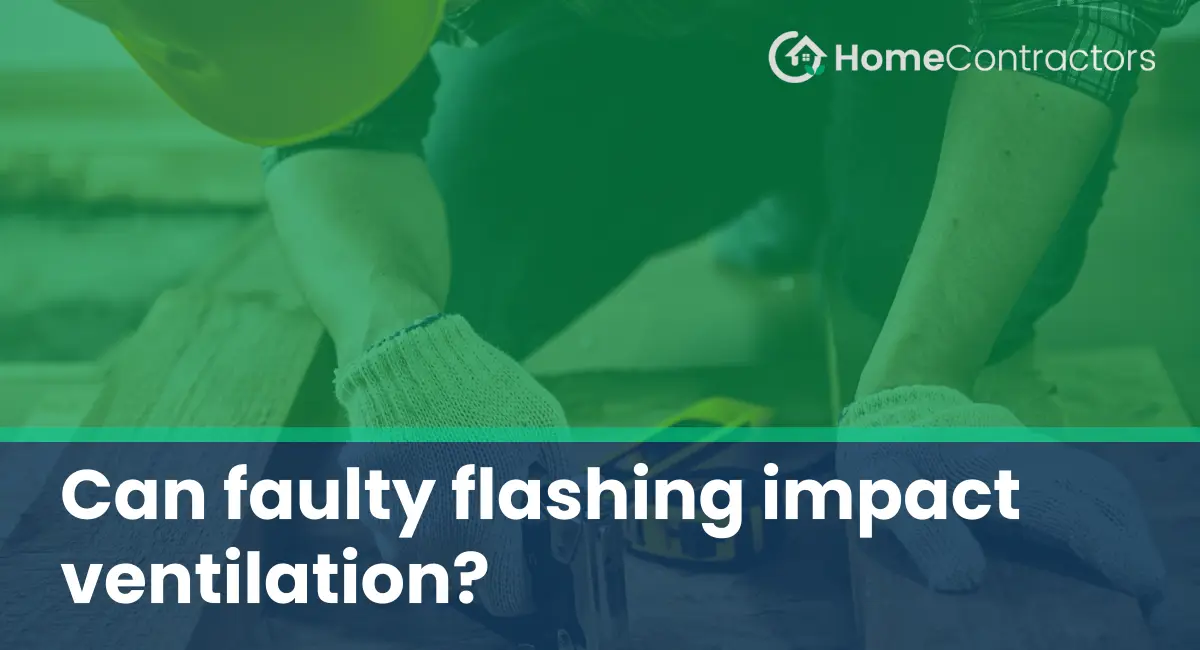Flashing refers to a material used to protect building elements from water infiltration by redirecting water away from vulnerable areas.
1.2 The Significance of Flashing in Building Structures
Flashing plays a crucial role in preventing water damage, which can lead to structural damage, mold growth, and compromised indoor air quality. Properly installed flashing ensures the integrity of a building’s envelope.
The Link Between Flashing and Ventilation
2.1 The Role of Ventilation in Buildings
Ventilation is the process of supplying fresh air and removing stale air from a building. Adequate ventilation is vital to maintaining a healthy and comfortable indoor environment.
2.2 The Impact of Faulty Flashing on Ventilation
a) Moisture Accumulation: Faulty flashing can permit water infiltration, leading to the accumulation of moisture in the building envelope. Excessive moisture can result in mold growth, which can contaminate the air and compromise indoor air quality.
b) Impaired Airflow: Flashing is typically installed around windows, doors, and roof penetrations, where airflow ventilation is often necessary. Faulty flashing can hinder the natural airflow within the building, causing stagnant air and inadequate ventilation.
Common Causes of Faulty Flashing and its Implications
3.1 Improper Installation Techniques
a) Insufficient Overlaps: Insufficient overlap during flashing installation can create gaps where water can penetrate, leading to moisture buildup and potential ventilation issues.
b) Inadequate Sealing: Failure to properly seal flashing joints can allow water infiltration, resulting in damage to the building structure, potential mold growth, and compromised ventilation.
3.2 Material Degradation
Over time, flashing materials may deteriorate due to weathering, exposure to UV radiation, or age. Cracked or corroded flashing can lose its effectiveness, contributing to water infiltration, which in turn impacts ventilation.
Preventive Measures and Solutions
4.1 Proper Design and Installation
Hiring experienced professionals who follow industry best practices for installation techniques and proper flashing design can prevent faulty flashing and its subsequent impact on ventilation.
4.2 Regular Maintenance and Inspection
Implementing periodic checks and maintenance routines for flashing can help detect and address any issues before they compromise ventilation. Regular inspections ensure early identification of degraded flashing materials and prompt repairs or replacements.
Flashing is a critical component in protecting buildings from water damage and ensuring the integrity of the structure. Faulty flashing can have significant consequences, including compromised ventilation. By understanding the importance of proper flashing installation, recognizing the potential impact on ventilation, and implementing preventive measures, building owners and professionals can maintain a healthy, comfortable, and safe indoor environment.
